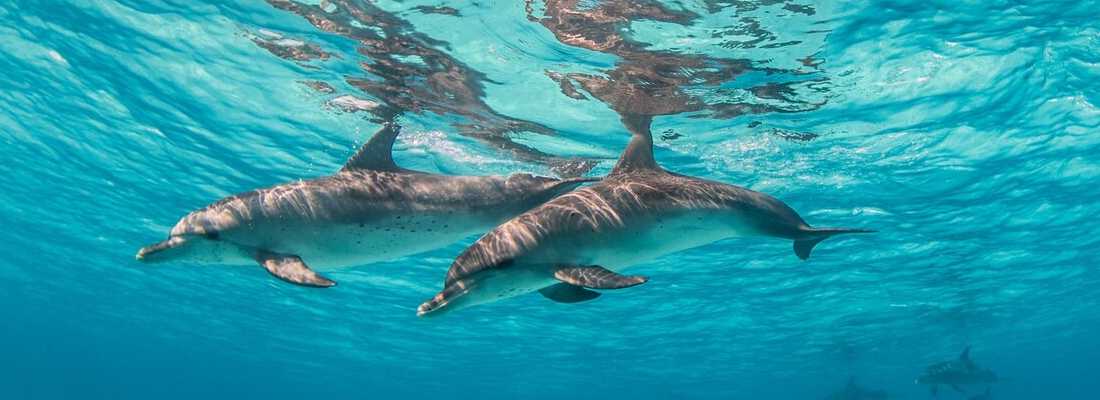
Although usually only terrestrial animals suffer from toxoplasmosis, this microscopic parasite is also dangerous for marine life. At least two dolphins washed up on the shores of the Hawaiian Islands in 2015 and 2019 died after becoming infected with Toxoplasma, and this once again underlines the danger of animals introduced by humans (including cats) for the local fauna.
Invasive species, thoughtlessly or unintentionally brought and released by humans, are a huge threat to the biodiversity of our planet. Not only do feral cats and ferrets destroy thousands of local species of small mammals and birds, but the diseases they carry can be deadly to native species of fauna.
This is how Toxoplasma, a microscopic parasite, got to Hawaii, whose main hosts are felines, and a variety of warm-blooded species from mice to humans can act as intermediate carriers. Toxoplasma oocytes are highly resistant and remain viable for up to two years, so that, washed away by rain or sewage into the ocean, they can infect representatives of marine fauna.
Researchers from the University of Hawaii studied tissue samples from two dead long-snouted dolphins washed up on the shores of the Hawaiian Islands in 2015 and 2019. These diminutive cetaceans hunt regularly off the coast of Hawaii, so they may have been infected with Toxoplasma by eating infected fish or simply by entering contaminated waters. The parasite strain found in the bodies of dead dolphins matches that found in cats and feral pigs in Hawaii, so the dolphins were infected from the invasive species.
It is likely that in fact the dead animals are much more: according to scientists, only five percent of the carcasses of dead dolphins are available to them, while the rest are thrown onto uninhabited islands or eaten by marine life. If so, then at least 60 dolphins have died in the last 30 years.
Even more worrying is that marine life can accumulate Toxoplasma oocytes. This parasite does not develop in fish or shellfish, but their organisms turn into its “living reservoirs”, and currents can carry them far into the ocean.
Toxoplasmosis has already been reported in a number of Hawaiian animal species, from birds to seals, and conservationists are urging cat owners to take responsible care of their pets in order to save Hawaii’s wild inhabitants from new cases of the disease.
🐧🏝️ Dive into the enchanting world of Little Penguins on Penguin Island! 🌊💙Penguin Island supports about 1,200 little Penguin’s, possibly one of the largest breeding colony in WA. 🐣🐧🌅#WAOF#WAOceanHealth pic.twitter.com/7gLTEEudNP
— Western Australian Ocean Foundation (@WAOceanHealth) March 9, 2024